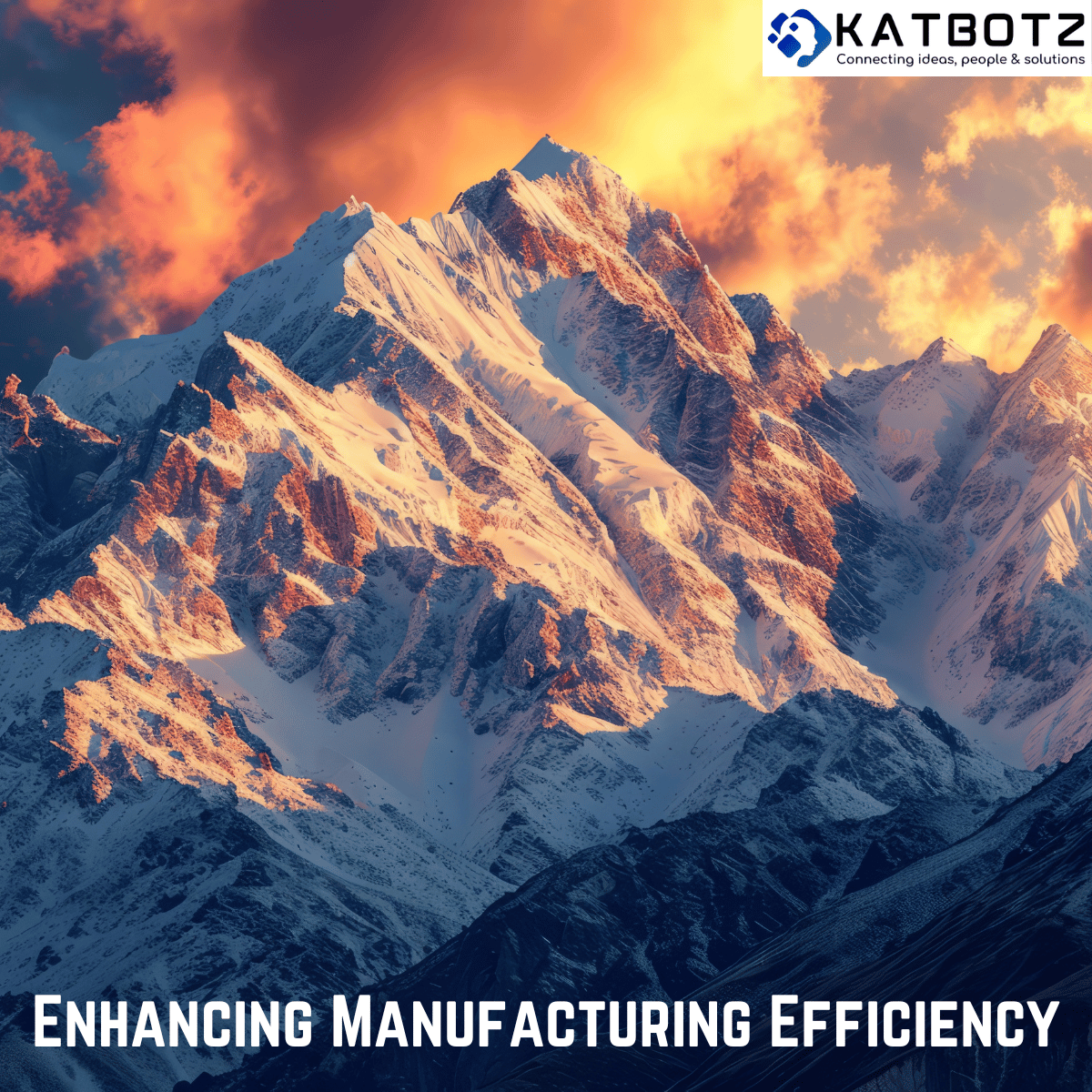In recent years, the United States has witnessed a significant shift towards revitalizing its manufacturing sector. This resurgence is not just a matter of economic policy but a strategic imperative that impacts national security, job creation, and technological leadership. The increasing focus on manufacturing within the U.S. signals a recognition of the sector’s critical role in maintaining the country’s position as a global power and ensuring its economic resilience in the face of global challenges.
Strategic Importance of Manufacturing: Manufacturing is at the heart of the American economy, serving as a key driver of innovation, productivity, and trade. Beyond its economic contributions, manufacturing is crucial for national security, providing the necessary equipment and materials for defense. The sector’s health is directly tied to the country’s ability to maintain its technological edge and competitiveness on the global stage.
Challenges and Opportunities: The path to revitalizing American manufacturing is fraught with challenges, including global competition, labor shortages, and the need for substantial investments in infrastructure and technology. However, these challenges also present opportunities for growth and innovation. By adopting advanced manufacturing technologies, such as artificial intelligence, robotics, and 3D printing, the U.S. can enhance its production capabilities, improve efficiency, and reduce costs. Additionally, focusing on green manufacturing processes can help the U.S. lead in sustainable practices, addressing environmental concerns while creating new market opportunities.
Policy and Investment: Recognizing the strategic importance of manufacturing, the U.S. government has launched various initiatives to support the sector’s growth. Policies aimed at incentivizing domestic production, protecting intellectual property, and investing in research and development are critical components of this strategy. Public-private partnerships play a crucial role in driving innovation and training the workforce of the future, ensuring that American workers possess the skills required to operate and innovate in a rapidly evolving industrial landscape.
Workforce Development: A skilled workforce is the backbone of a strong manufacturing sector. As technology advances, there is a growing need for workers proficient in STEM (science, technology, engineering, and mathematics) fields. Educational institutions and industry must collaborate to create pathways for young people into manufacturing careers, offering vocational training and apprenticeships that prepare them for the jobs of tomorrow.
Global Supply Chains and Reshoring: The COVID-19 pandemic exposed the vulnerabilities of global supply chains, highlighting the risks of overreliance on foreign manufacturing. This has led to increased interest in reshoring production to the U.S., not only to mitigate supply chain risks but also to boost the economy and create jobs. Reshoring initiatives require coordinated efforts to make domestic manufacturing more competitive, including addressing regulatory hurdles, improving infrastructure, and fostering innovation.
The increasing focus on manufacturing in the United States is a strategic imperative that addresses economic resilience, national security, and technological leadership. By embracing advanced manufacturing technologies, investing in workforce development, and reshoring production, the U.S. can secure its position as a global manufacturing leader. This resurgence of manufacturing is vital for the country’s future, promising not only to strengthen the economy but also to ensure its independence and security in an increasingly competitive world.
How KATBOTZ Enhances Manufacturing Efficiency?
Advanced Analytics with SAP Integration: KATBOTZ Consulting specializes in designing analytics powered by SAP best practices to provide deep insights into manufacturing operations, focusing on Plan vs. Actual variances on the shop floor. This integration enables a comprehensive profitability analysis, powered by standard SAP functionality. With 9 variance categories and 3 different types of variance analysis, manufacturers can pinpoint inefficiencies, adjust operations in real-time, and make data-driven decisions that tie directly into profitability.
Exclusive Efficiency-Boosting Ideas to maximize productivity: KATBOTZ brings exclusive, innovative ideas to the table, specifically designed to make the shop floor more efficient. The system is engineered to maximize productivity by optimizing manufacturing workflows and processes. KATBOTZ leverages smart algorithms and machine learning to predict and address inefficiencies before they occur.
Minimizing Wastage: A key focus of KATBOTZ is on minimizing waste—be it materials, time, or energy. By analyzing production data in real-time, the platform identifies areas where waste can be reduced, promoting sustainable manufacturing practices and reducing costs.
Comparative Plant Profitability Reporting: KATBOTZ offers a global perspective with its comparative plant profitability reporting feature. Manufacturers can assess the performance of plants across the globe, benchmarking against best practices and identifying opportunities for improvement. This global insight fosters competition and collaboration among different manufacturing sites, driving overall efficiency.
Cost Component Analytics: With cost component analytics, KATBOTZ provides manufacturers with a detailed breakdown of production costs. This insight allows for a granular analysis of spending, helping businesses identify areas where they can reduce costs without compromising quality or efficiency.
Benefits of KATBOTZ Implementation
Predictable Supply Chains: By leveraging KATBOTZ, manufacturers can achieve more predictable supply chains, reducing the risk of disruptions and ensuring steady production flows. This predictability is crucial for meeting demand forecasts and maintaining customer satisfaction.
Creation of Local Jobs: The adoption of KATBOTZ technology can lead to the creation of local jobs, as companies invest in skilled labor to manage and operate advanced manufacturing technologies. This contributes to economic growth and supports community development.
Efficient Processes: Lastly, KATBOTZ ensures that manufacturing processes become more efficient, from raw material usage to final product delivery. Efficient processes not only reduce costs but also improve product quality and speed to market.
In conclusion, KATBOTZ stands as a transformative solution for the U.S. manufacturing sector, offering a suite of tools and insights that drive efficiency, reduce waste, and enhance profitability. Its integration with SAP analytics, alongside exclusive efficiency-boosting ideas, positions KATBOTZ as a critical component in the resurgence of American manufacturing.

